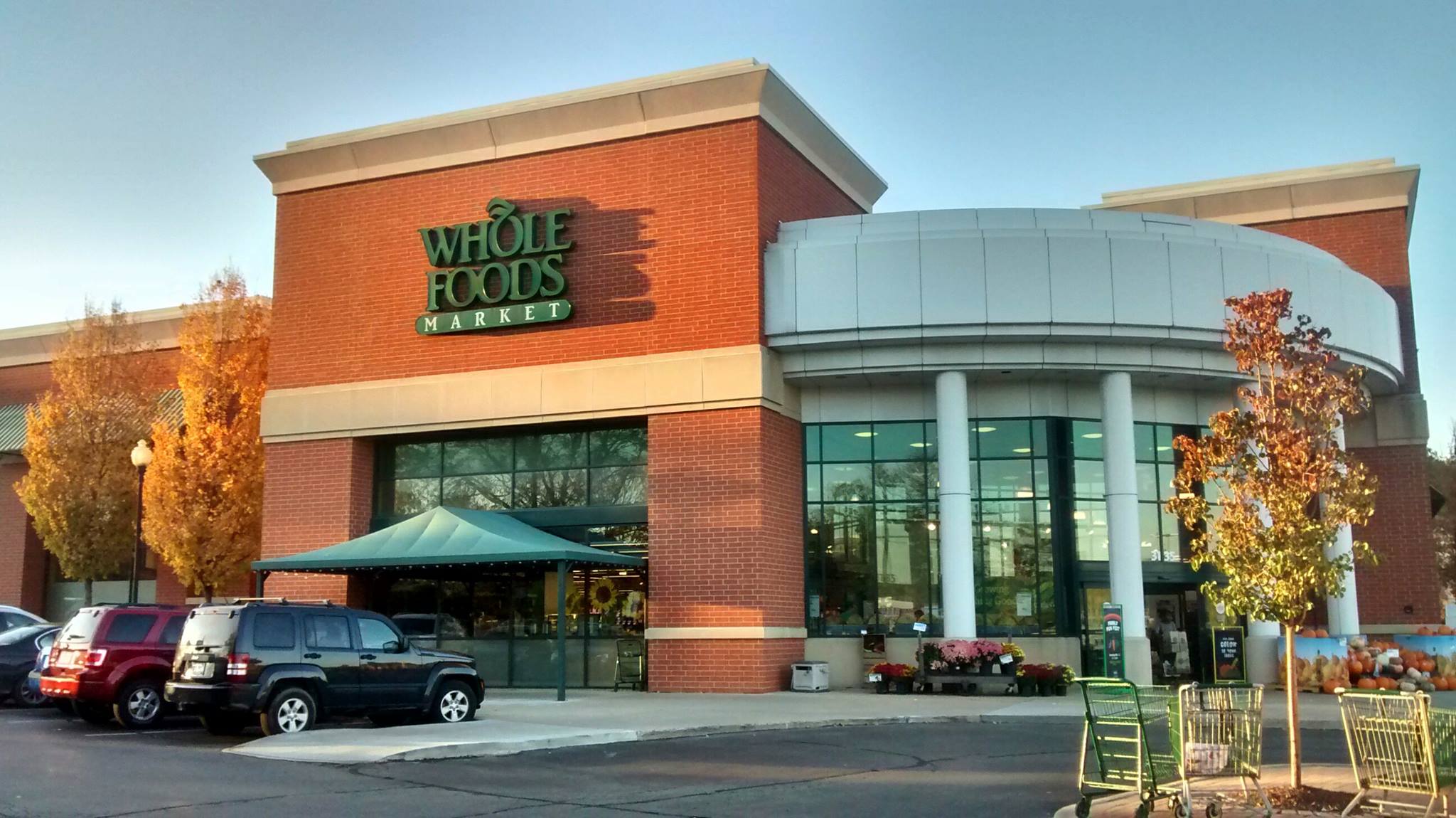Whole Foods is back in the news. Recently, the beleaguered corporate pawn and shell of a once-awesome grocery retailer washed up on the shore of our newsfeeds with a couple reports worth noticing: a data breach and an allegedly wrongful termination.
Whole Foods is back in the news. Recently, the beleaguered corporate pawn and shell of a once-awesome grocery retailer washed up on the shore of our newsfeeds with a couple reports worth noticing: a data breach and an allegedly wrongful termination.
The fragile tech ecosystem is fast becoming regular prey for those who would rather steal than produce real value in the economy. The popular fast food outlet Sonic as well as Whole Foods Market were hacker targets last week. The grocer’s breach was isolated to the POS system for its free-standing restaurants and tap rooms, and its regular checkout system wasn’t affected. (POS stands for “point of sale,” and somehow not for “piece of sh*t.”)
Whole Foods played coy for quite a while, revealing only that it received information of the potential breach from an unnamed third party. The grocer didn’t immediately reveal which locations or customers had been involved with the hack, or how long ago it occurred. This is important information in an era when bank and credit accounts can be compromised in seconds. However, Whole Foods did (eventually) add a page to its website where concerned shoppers can jump through a couple hoops to see which locations were breached. The company said that “about 117” venues were affected, which is oddly specific for a generalization. You can check out that page here.

While the data thieves left the regular cashiers alone, Whole Foods certainly didn’t. The U.S. Equal Employment Opportunity Commission (EEOC) is asserting that the Whole Foods Market in Raleigh, NC, wrongfully terminated Diane Butler, a cashier who was hired in 2005. Ms. Butler has polycystic kidney disease, a genetic malady which eventually causes the kidneys to fail. In 2009, she had a kidney transplant. Recipients of organ transplants obviously have different medical needs, and in 2015, Ms. Butler was twice hospitalized and needed medical attention for her condition. Although it seems that she did the right thing by letting her employer know she’d be absent, Whole Foods let her go in apparent violation of the Americans with Disabilities Act (ADA), which requires employers to reasonably accommodate disabled employees.
After failing to reach a settlement involving back pay with the “Oh-So-Empowering” grocer, the EEOC filed suit in the U.S. District Court for the Eastern District of North Carolina, Western Division.
All of which may be a moot point anyway. Once the online retail giant Amazon plunked down a cool $13+ billion for the grocery chain, they immediately began looking for “synergies” – that is, ways to squeeze employees, wholesalers, suppliers, and other “stakeholders” for enough pennies to reduce prices at the register. Or, as the case may be, NOT at the register. Amazon asked 900 shoppers what they would add or change at Whole Foods locations, and the top response was a “cashier-free” checkout experience. While Amazon claims that the jobs of hundreds of cashiers are not (yet) on the line, they’re also interested in “just walk out” technology. In this vision of our automated future already being tested in Seattle, “computer vision” and AI systems would automatically know what you put in your cart (and what you put back), settle your bill, and send receipts wirelessly.
This benefits Amazon/Whole Foods in two ways. First, they would be able to slash a great many jobs, and who doesn’t love that (except people who once had jobs)? Second, if they are able to display prices only on shoppers’ smart phones, they could take advantage of the “variable pricing” model, where the prices change based on who you are, what time of day you shop, what browser cookies you’re carrying around, and other factors. Already in use on Amazon’s website, this allows the company to squeeze as much money as possible out of each customer while avoiding hitting the point where they decide to shop elsewhere. Of course, “shopping elsewhere” will be easier too, as competitors like Kroger and Wal-Mart will be forced to shed jobs and employ “synergies” to match the undercutting Amazon, at least before some chains are forced out of business.
And all those unemployed service workers? Don’t worry about them. Remember, automation will take over low-skilled, repetitive tasks, freeing human workers to concentrate on more important skills, such as figuring out the unemployment bureaucracy or hacking into computer systems. You know, if they can’t find honest opportunities in a world where so many other companies are also looking to shed jobs.
Related: Shakeup May Not Save Whole Foods Market


Join the conversation!